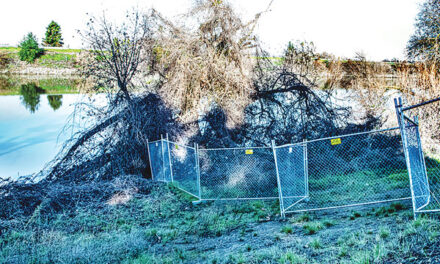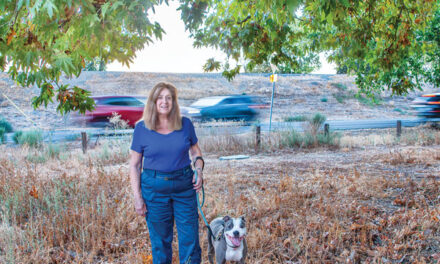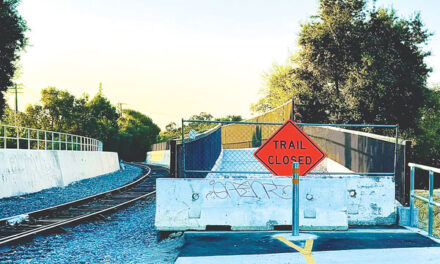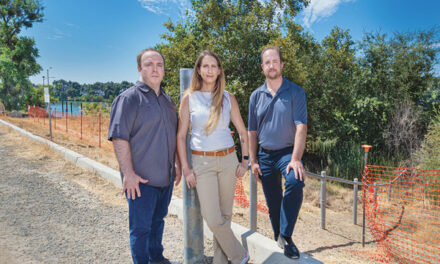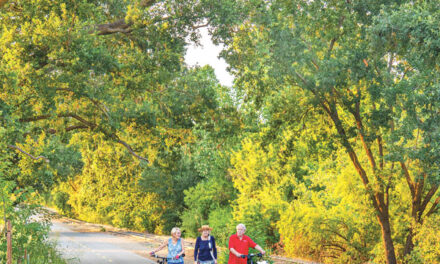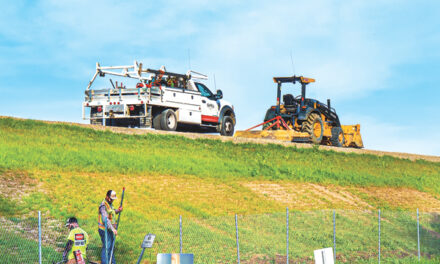The downy-feathered bird was almost lifeless, alone in the grass with no mom in sight. A small nest rested in the branches of a crepe myrtle a few feet away.
He was younger than a fledging, who would have hopped and fluttered in an attempt to fly. With no protection, the chick would not survive a roaming cat or the afternoon heat.
I returned the youngster to his nest. After an hour of waiting and watching, no mom or dad returning to the scene, I placed the chick in a box and drove to Sacramento’s Wildlife Care Association.
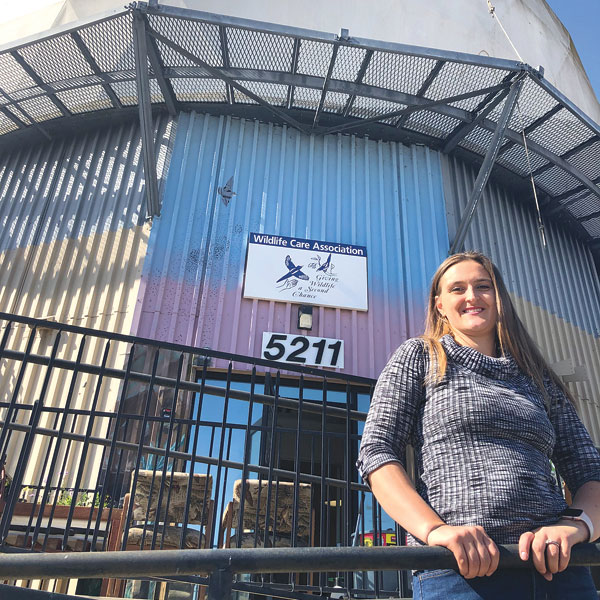
The nonprofit volunteer-based organization is housed in an old radar dome—the shape and color of a giant golf ball—at the former McClellan Airforce Base. The wildlife association traded a donated parcel of land for its current property, which came with the building, and moved to the site in 2008 with a 99-year lease for $1 a year.
Two floors make up approximately 4,000 square feet for triage and care, including an avian nursery, office, laundry and dishwashing space. Another 2,000 at the top of the dome is used for storage.
Founded 47 years ago by prominent naturalists, including Effie Yeaw and William B. Pond, the organization operates on approximately $300,000 a year, mostly funded by grants and donations.
“Since 1975, we’ve helped over 300,000 animals in the greater Sacramento area,” says association President Theresa Bielawski. Songbirds, raptors, bats, squirrels, opossums, rabbits and raccoons are a sampling of the ill, orphaned and injured wildlife that receive rehab. Animals that recover, or mature and learn to hunt, are released back into the wild.
But that work nearly came to a halt when several employees simultaneously resigned earlier this year, prompting the California Department of Fish and Wildlife to temporarily close the facility due to lack of staff to care for the wildlife that arrive daily, Bielawski explains.
Resident birds and mammals were transferred to Gold Country Wildlife Rescue in Auburn. New arrivals were stabilized at McClellan and transported to Gold Country.
Not to be daunted, the group turned the closure into an opportunity. “We were the phoenix rising from the ashes,” Bielawski says.
Over the years, the facility had become cluttered, disorganized and unkept. “We hadn’t done any renovations since we moved in,” she adds. “But we couldn’t do anything with animals there. When they shut us down, we said, ‘Let’s do it now.’”
Years of clutter was discarded. Walls were stripped and painted. Old carpeting was swapped out for new vinyl plank floors that are easy to sanitize.
Medical supplies and equipment were reorganized. Worn-out animal crates were replaced with larger, sturdier enclosures. Cumbersome playpens gave way to size-adjustable, more durable “reptariums.”
Most importantly, qualified staff, including a new animal care manager and facility manager, were hired. “Having the right people to care for the animals is at the top of our list,” Bielawski says.
“We did a complete reset to our facility,” says Dina Fiala, the group’s new volunteer coordinator. “We are working hard to rethink the flow of the center to improve working tasks, allow for better office space, create a better break area and allow for better animal-care separations.”
Ten weeks after shutdown, the Wildlife Care Association was still waiting for its permit to be renewed, but the organization is optimistic.
“We made changes that should have been made a long time ago, starting with finding qualified staff and making necessary physical changes to the building, to the property, to our aviaries,” Bielawski says. “We are heading in the right direction.”
For information on what to do if you find an ill, injured or orphaned wild animal, as well donating and volunteering, visit wildlifecareassociation.com.
Cathryn Rakich can be reached at crakich@surewest.net. Follow us on Facebook, Twitter and Instagram: @insidesacramento.





